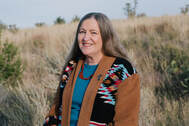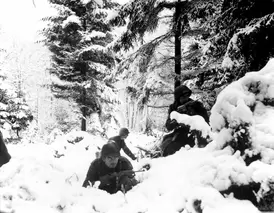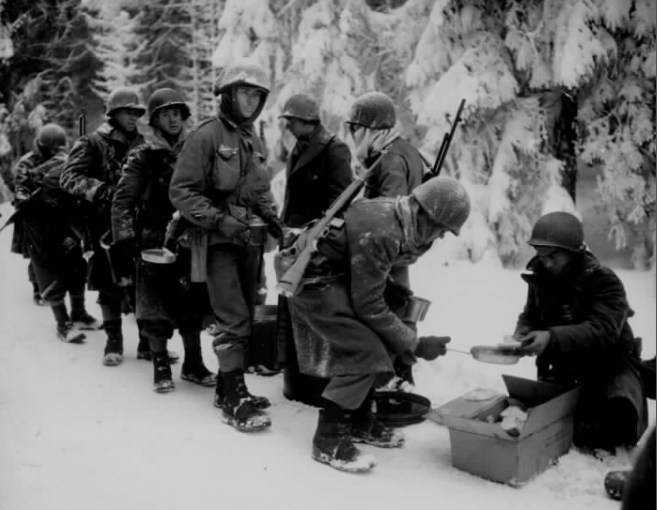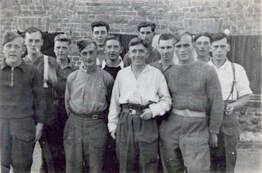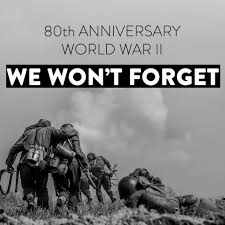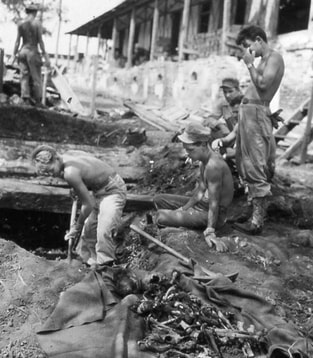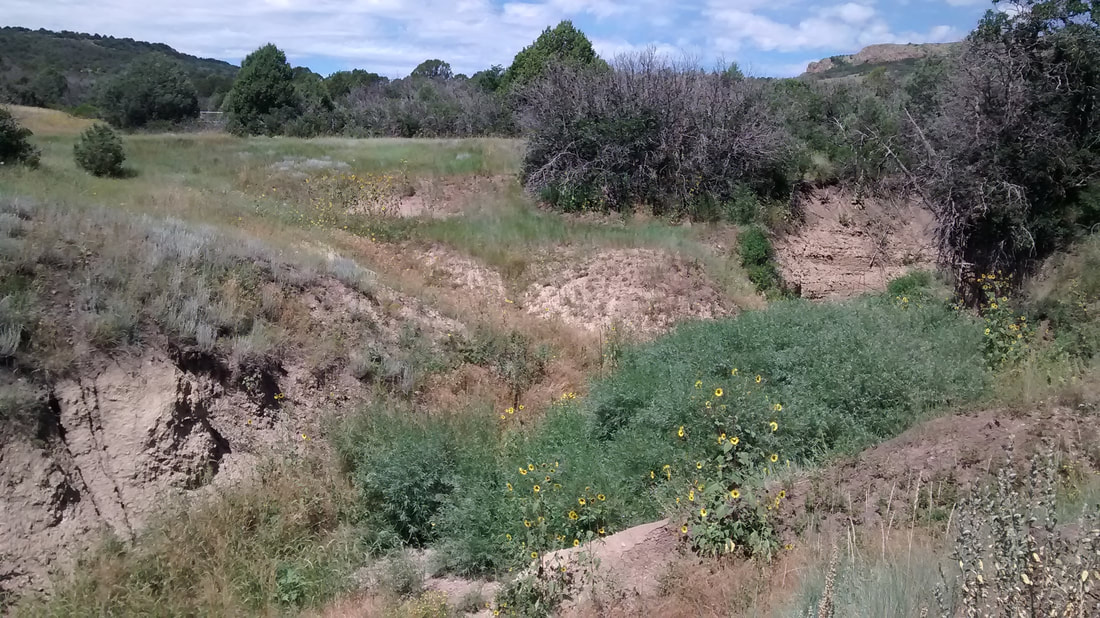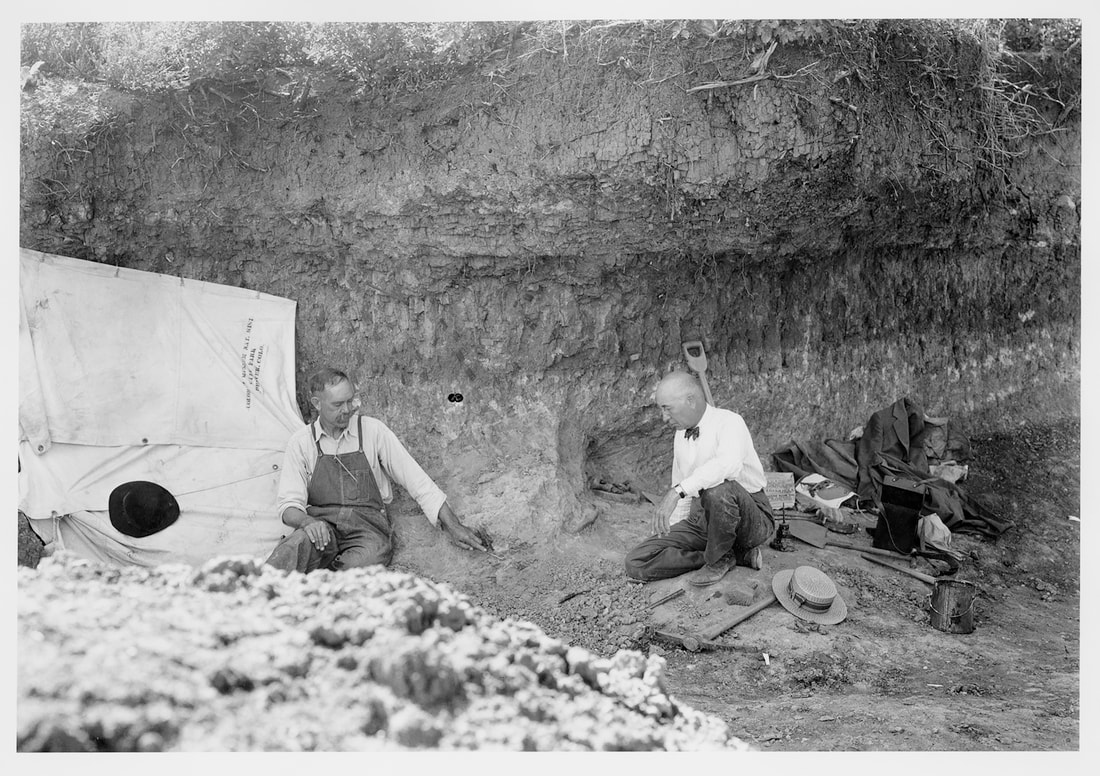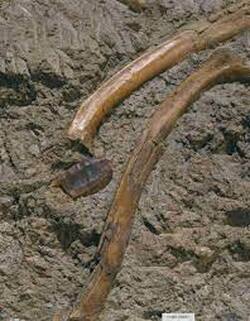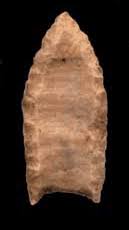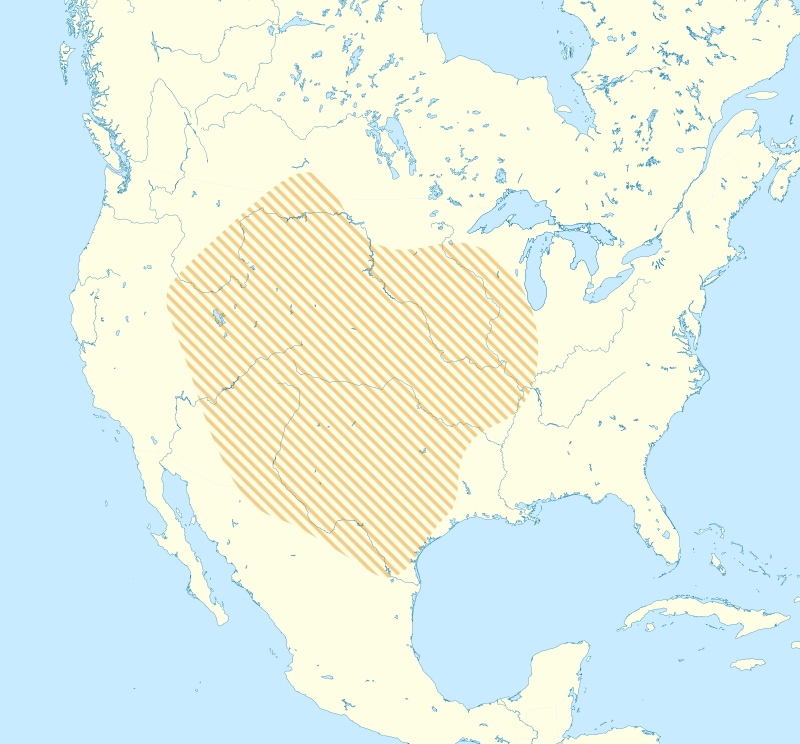
 Haruo.takagi, CC BY-SA 4.0
Haruo.takagi, CC BY-SA 4.0  © Alice Wiegand
© Alice Wiegand 
Other New Year’s traditions involve movement. Many people go on New Year’s walks or runs, often the first step in fulfilling one’s resolutions. In Scotland, people observe “first footing,” carefully planning who should be the first to enter the home after midnight. If the first visitor is a tall, dark-haired male bringing pieces of coal, shortbread, salt, a black bun and whiskey, prosperity is assured. One of my friends actually tried this one out last year.
Whatever traditions you and your loved ones follow, here's wishing you a prosperous and safe 2025.
